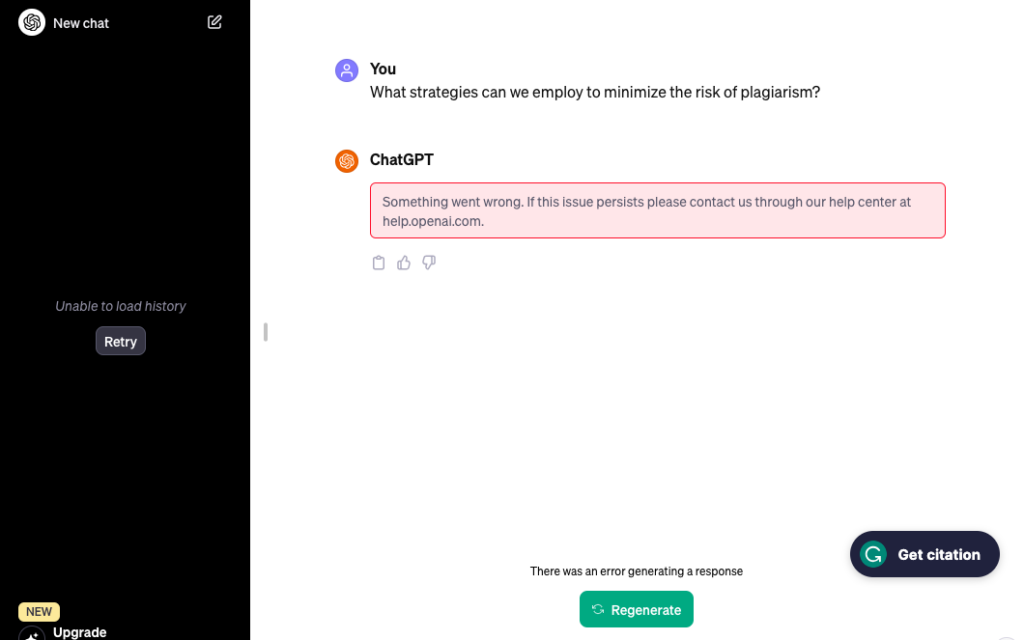This week we continued to talk about AI in education. One question posed is how we can minimize plagiarism in the classroom. I know a lot of teachers already use google classroom. A useful part of google docs is being able to see the version history and how the student has worked on the assignment over time. This is a good tool to detect any potential issues. If we suspect plagiarism, we need to address the issue gently because we don’t ever want to send the message “I don’t think you’re capable of creating this work”, especially if we could be wrong.
I have been especially interested in AI this week and have tried to understand what’s going on with the firing and hiring of Sam Altman. If you want to look into this like I did, check out this article. If you read this, let me know what your thoughts are in the comments below.
With the future of AI uncertain, and the possibility of it all going behind a paywall, many ethical issues come up. If only the rich and privileged get access to AI, this is a huge issue because knowledge is power, and open sources can somewhat reduce this discrepancy.

I tried using AI in the creation of this post, but unfortunately, it’s down. This reminds me of an analogy I learned. Elevators and escalators do make movement within buildings faster and more efficient, but what do you do in the case of an emergency? You take the stairs. Do not remove stairs just because elevators and escalators exist. In the same way, we all still need skills that we can draw on when AI is down, even though it’s a great resource.

Leave a Reply
You must be logged in to post a comment.